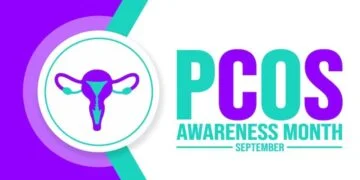One of the most difficult aspects of detecting Covid-19 is its symptoms. Following Common with Other Influenza They are so diverse and vary from person to person that many people are unaware they have the disease or only become aware when it is too late and the virus has spread to others. However, there are some warning signs to look out for, particularly when it comes to new trading variables.
If cough and fever were the main clues at first, the list has now grown significantly, with new cases dominated by the micron variant, which has some symptoms that differ from the traditional symptoms of the disease.
Celebrity publicity
Keep an eye out for Covid-19 symptoms.
The majority of patients develop omicron. They have symptoms that are very similar to a common cold, such as a headache, a runny nose, sneezing, and a sore throat. Patients with severe cases, on the other hand, have displayed common symptoms that have clinicians concerned.

According to a King’s College London app designed to track disease behaviour, millions of people infected with the new strain have experienced mental confusion or delirium. There were two types of delirium found: hyperactive and hypoactive.
More information:
The first is characterised by abrupt behavioural changes, such as agitation, restlessness, and, in severe cases, aggressiveness. Hypoactivity, on the other hand, occurs when the patient becomes more withdrawn and less responsive, until they become excessively sleepy. Delusions of inactivity are difficult to detect.
Deltacron, the infection caused by both the micron variant and Delta, has a more diverse catalogue. The application itself refers to 14 built-in variant widths. Chills, mental confusion, fever, fatigue, muscle pain, sore throat, and loss of smell are the most common.









































